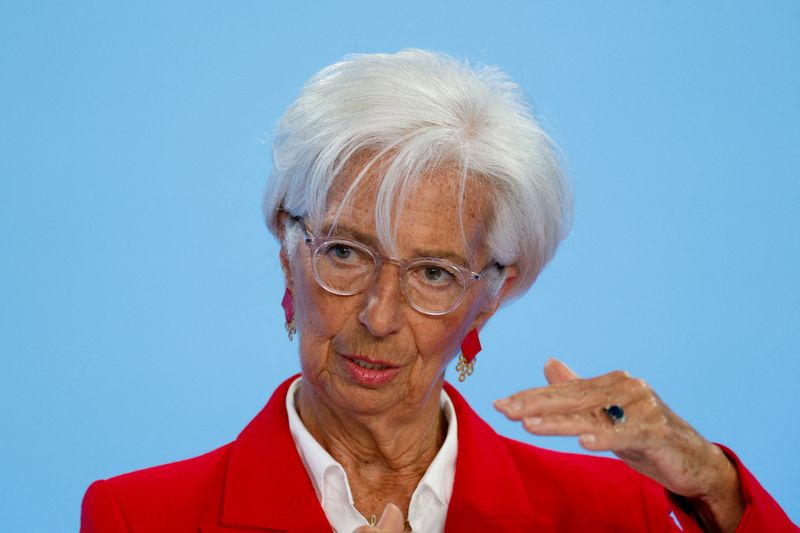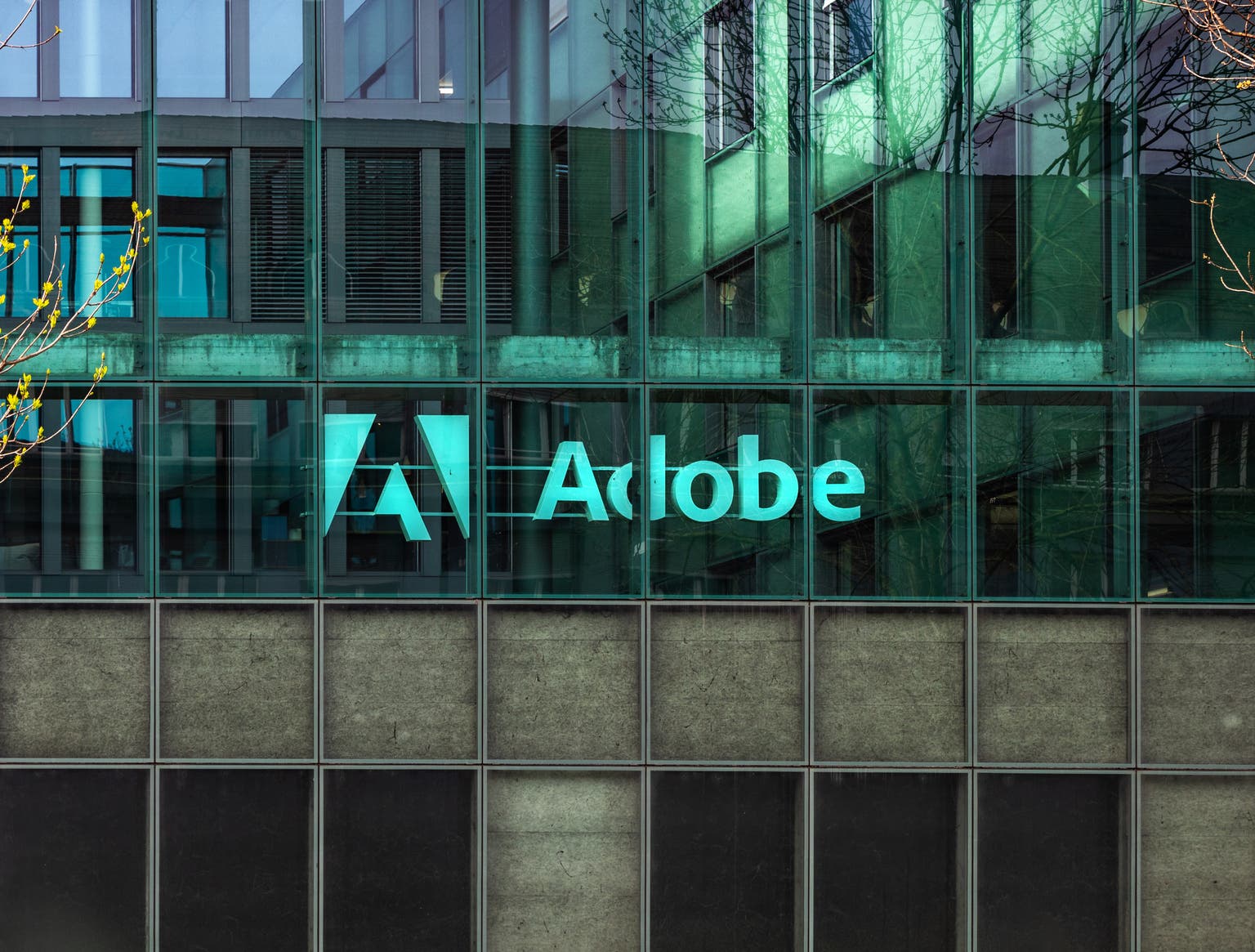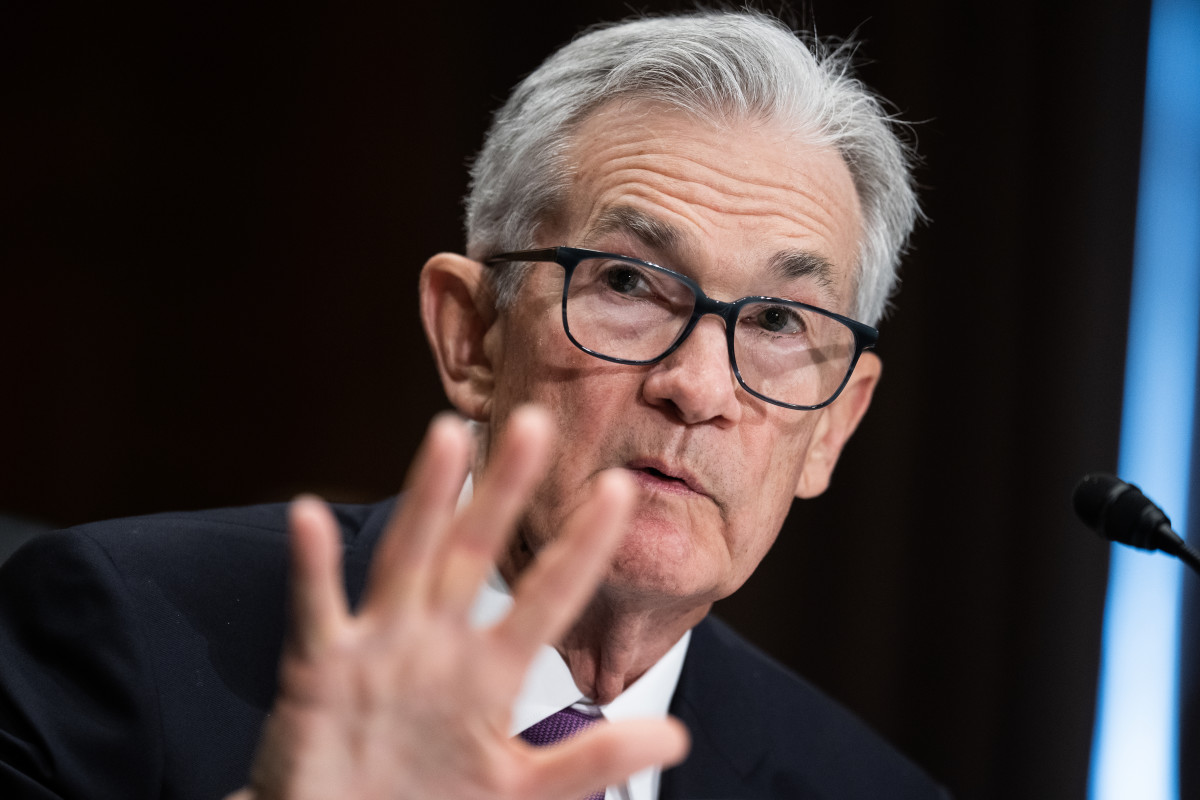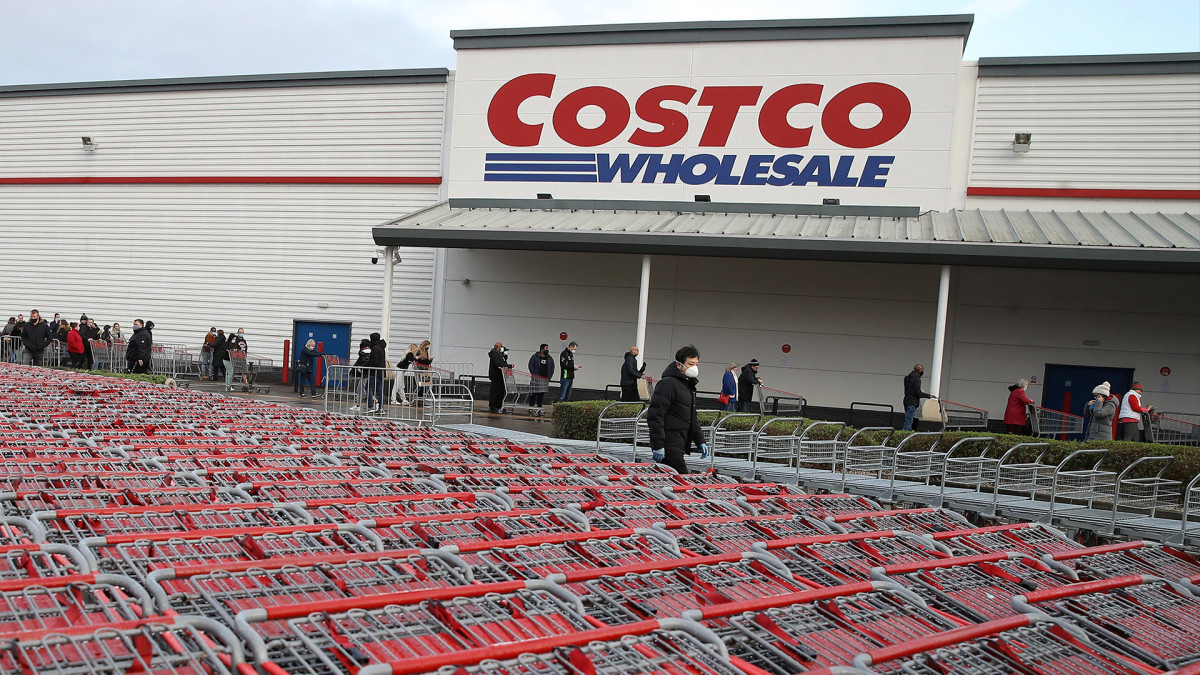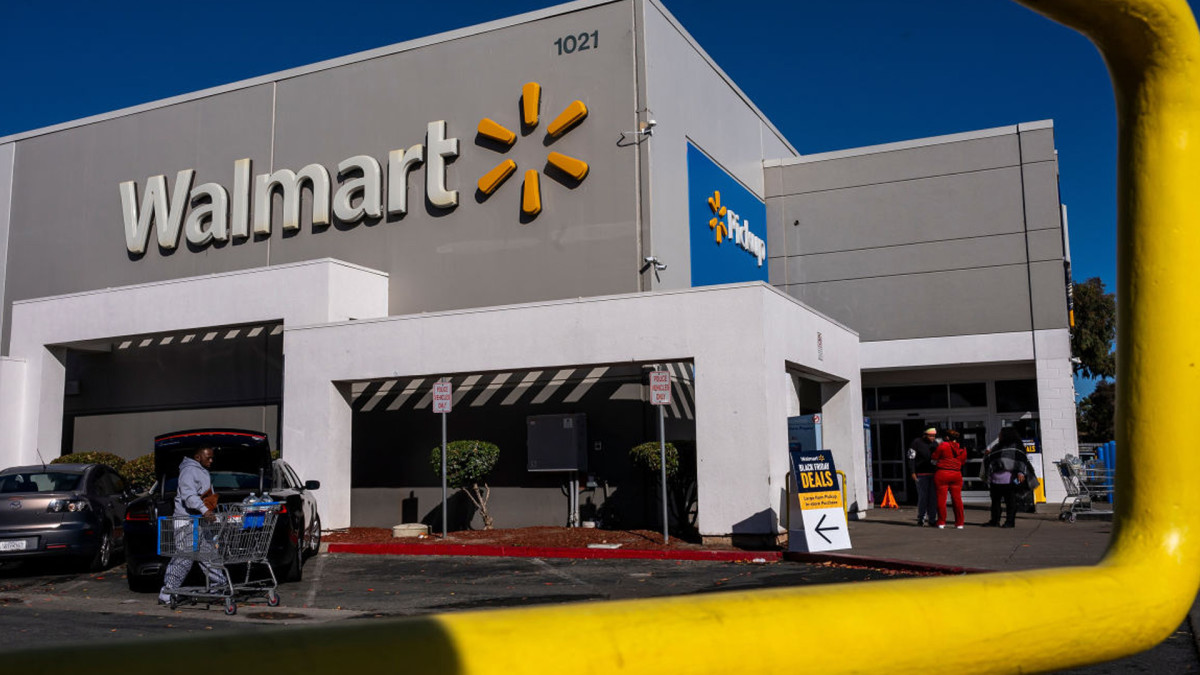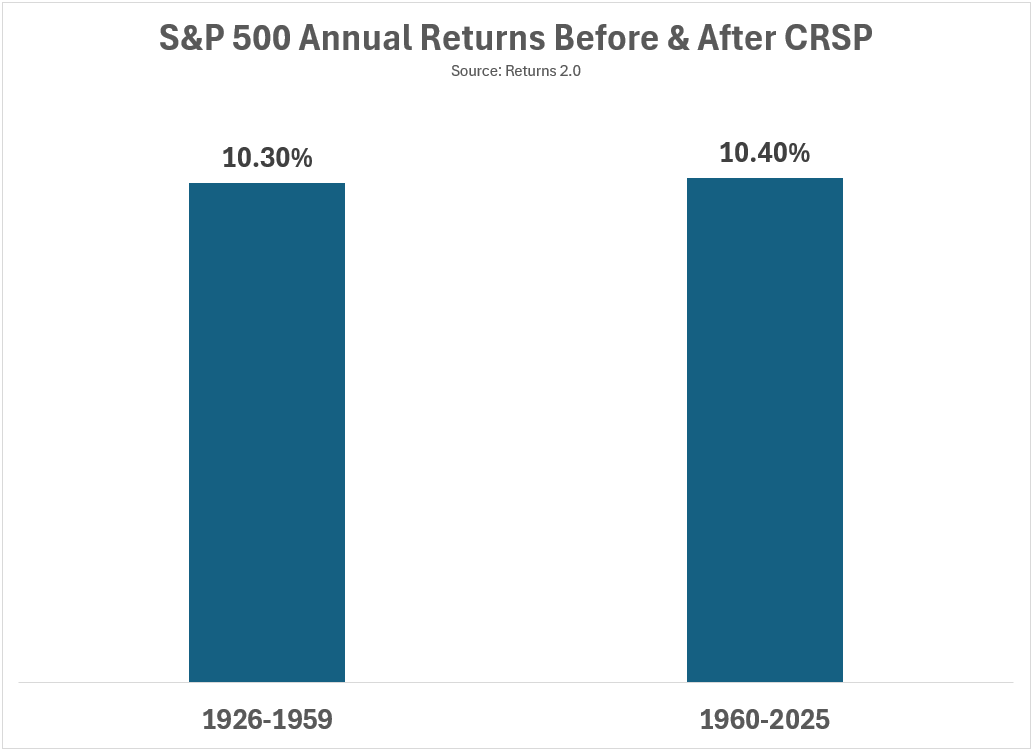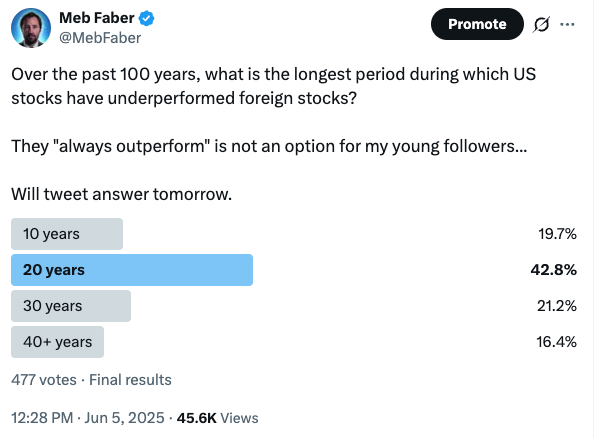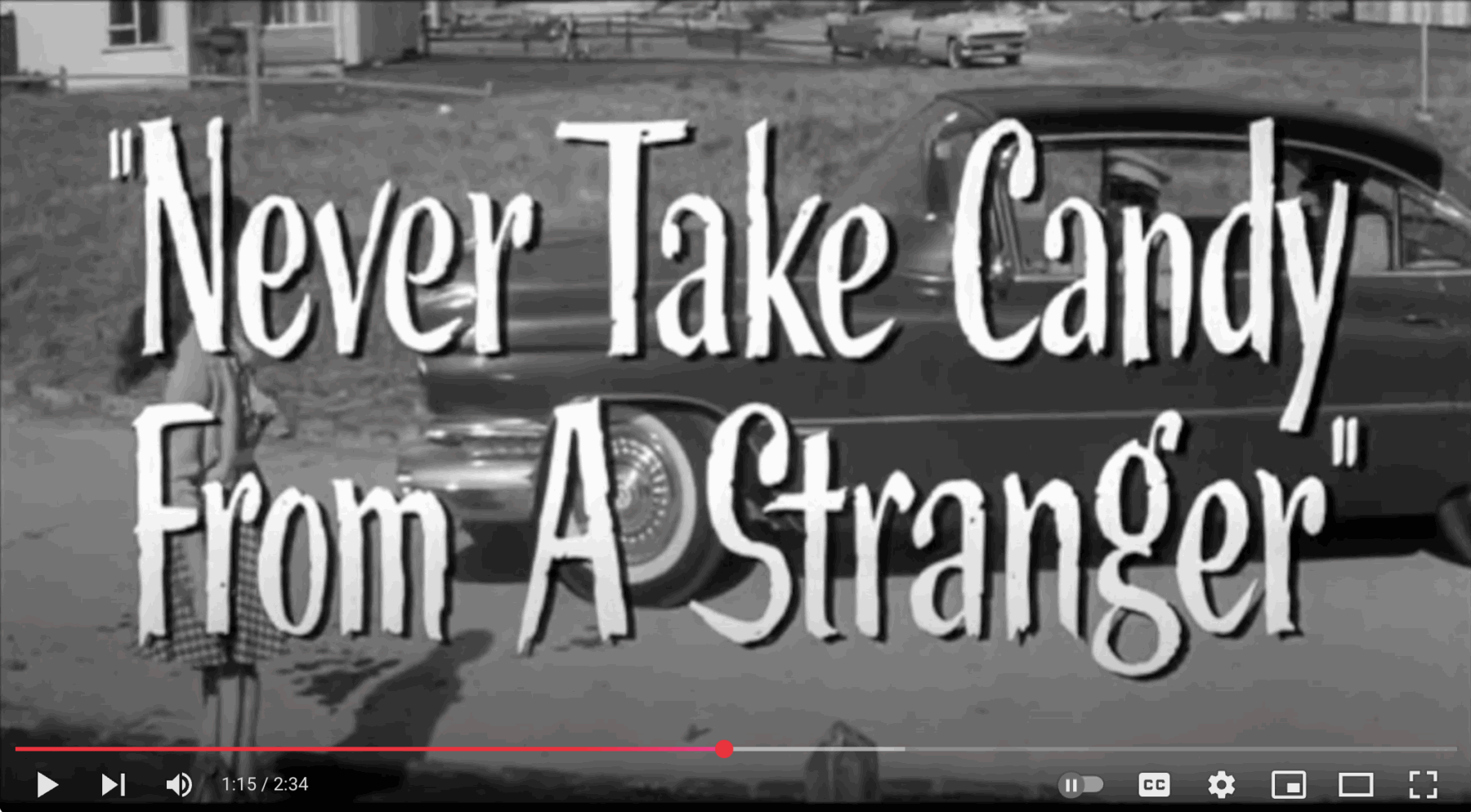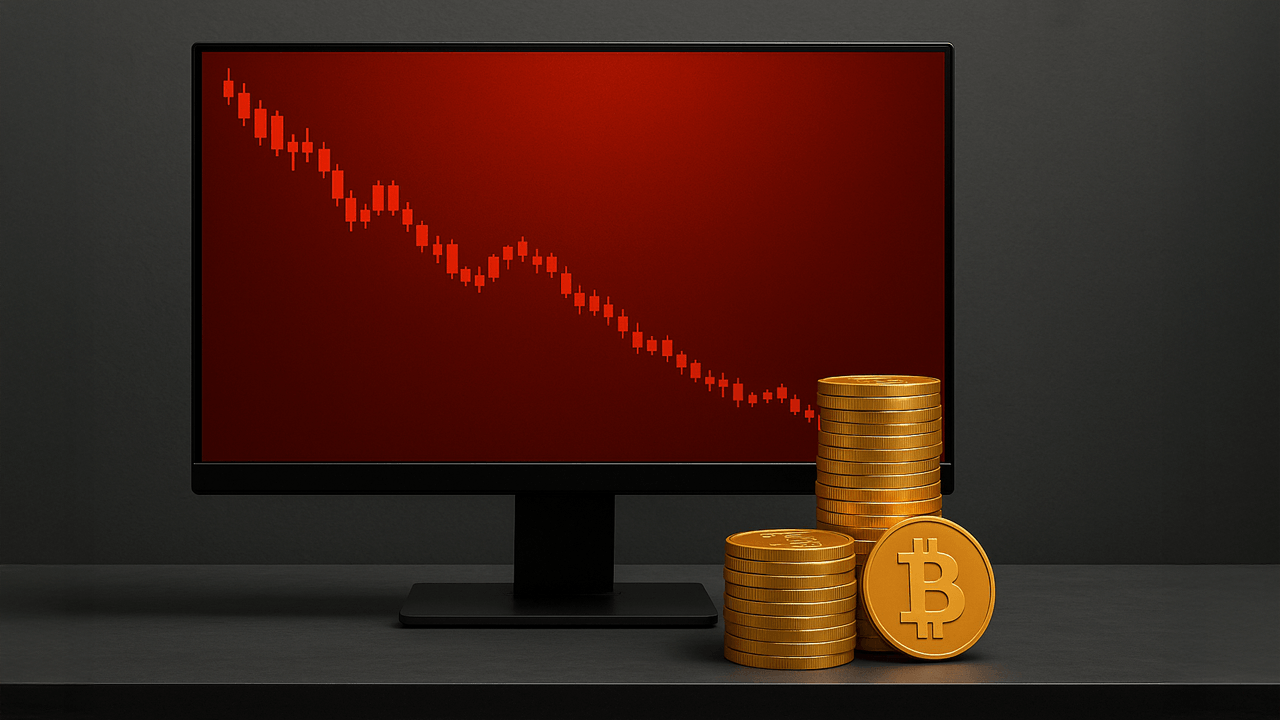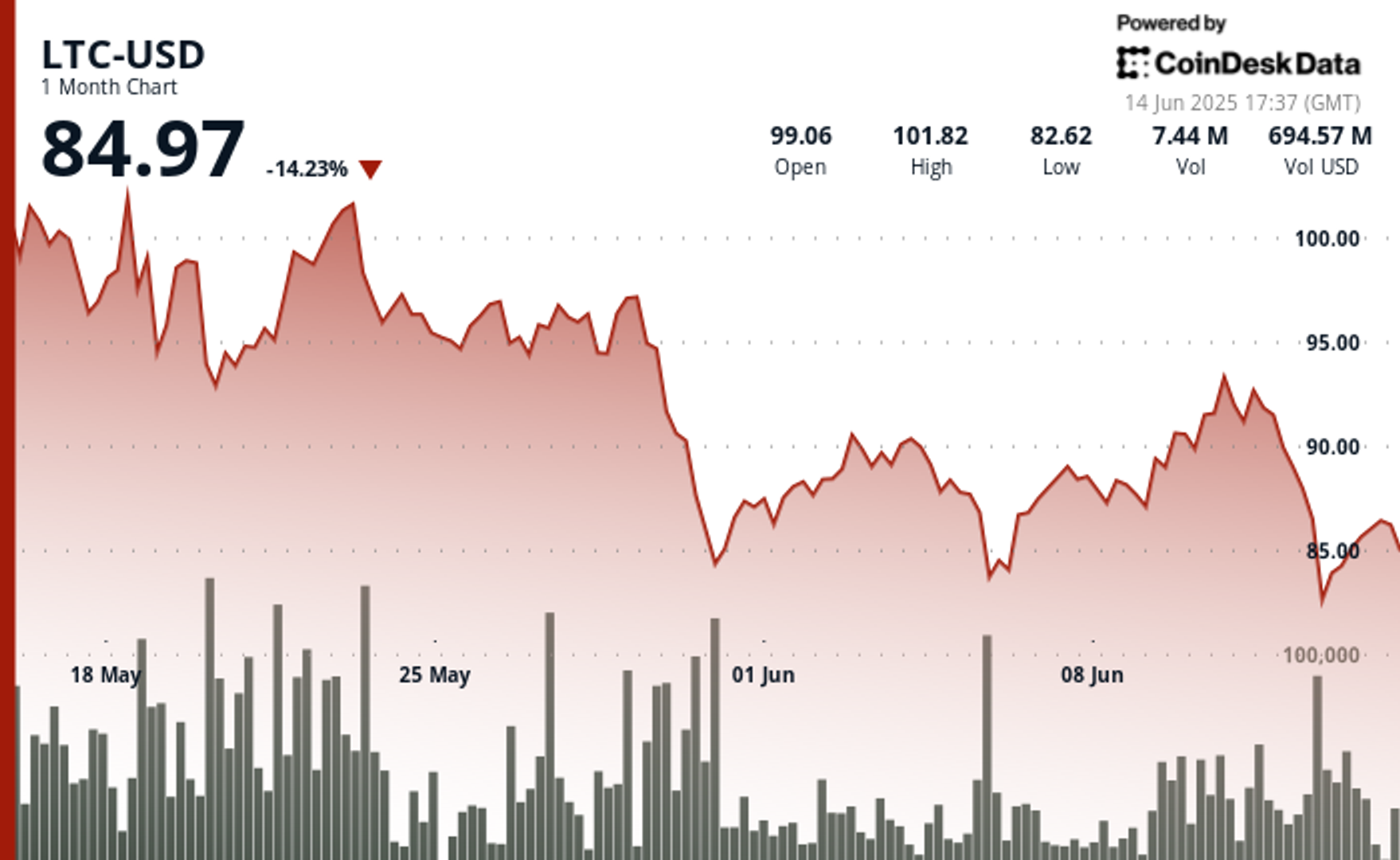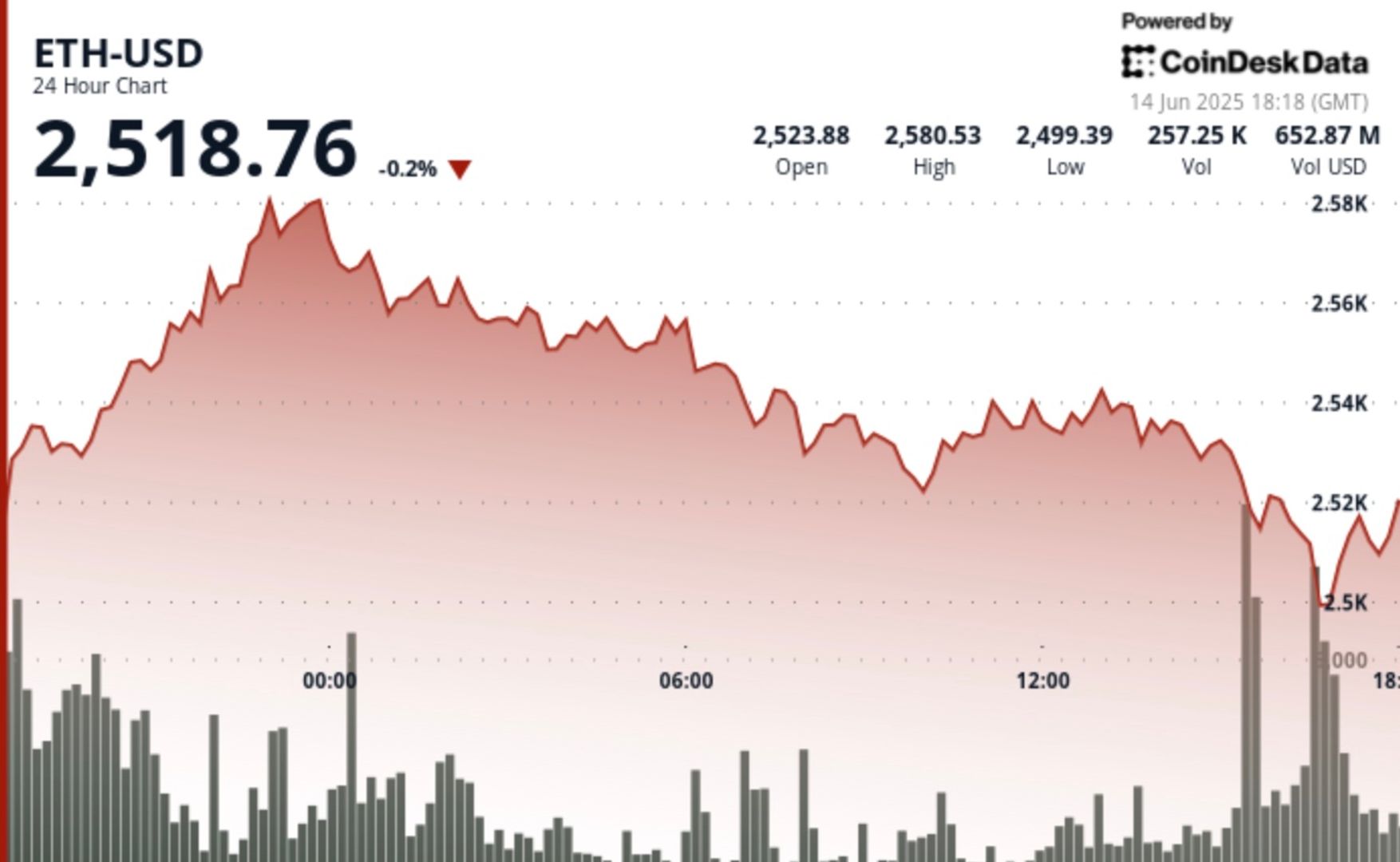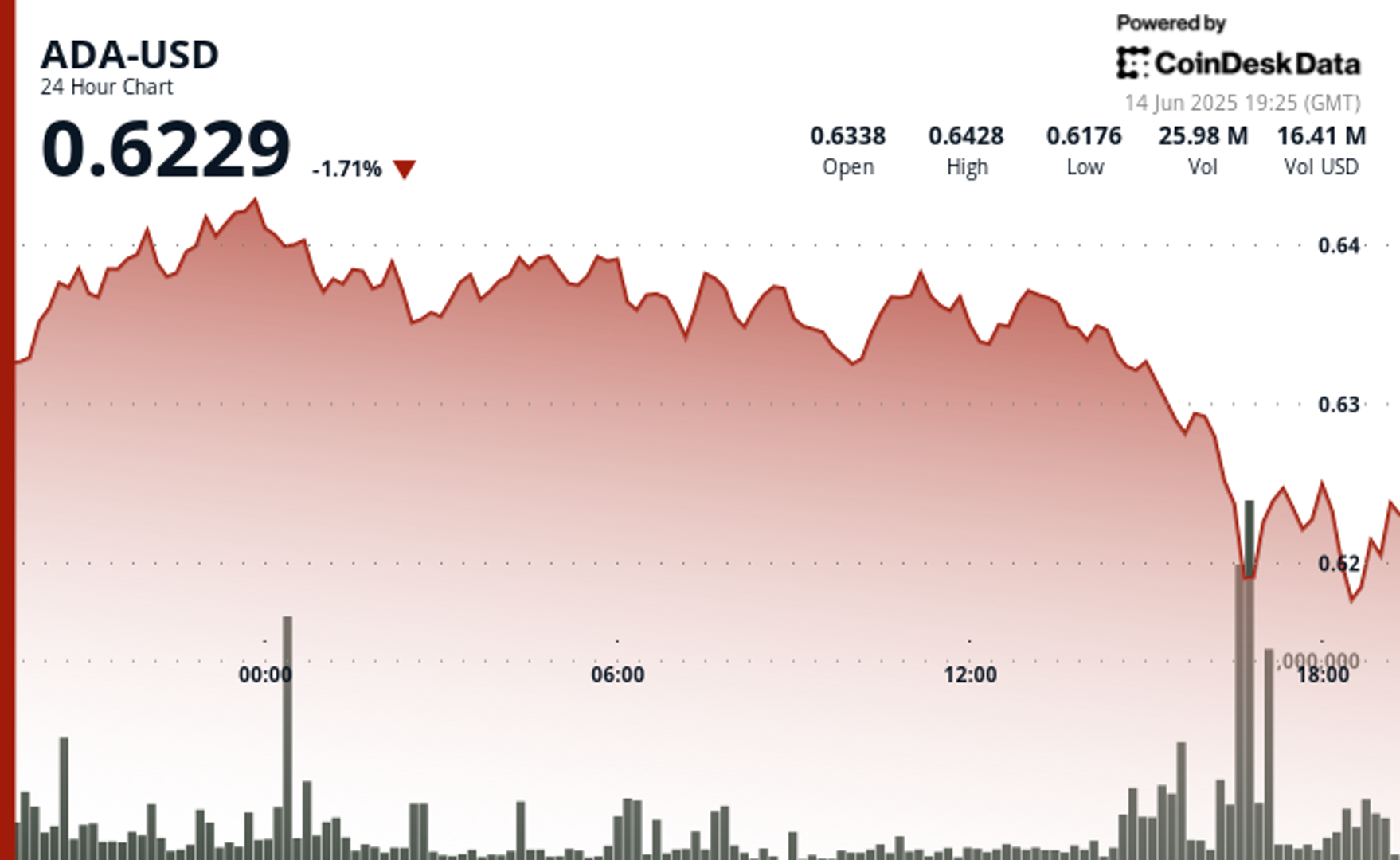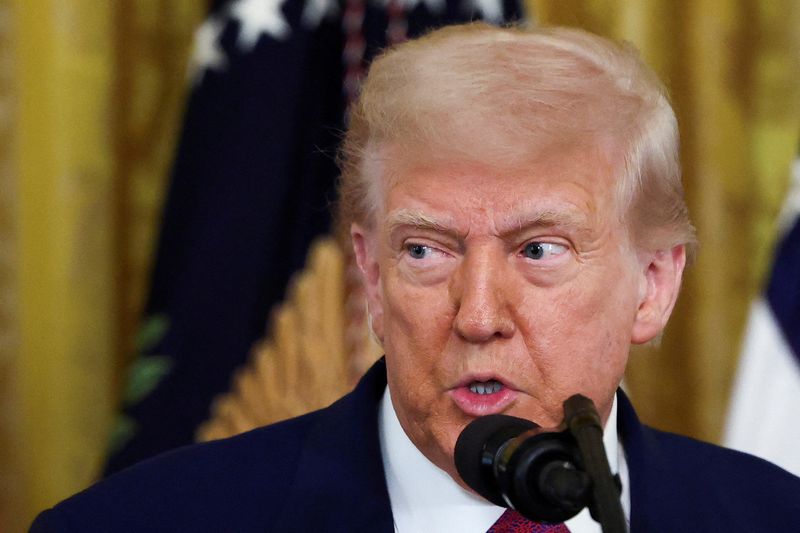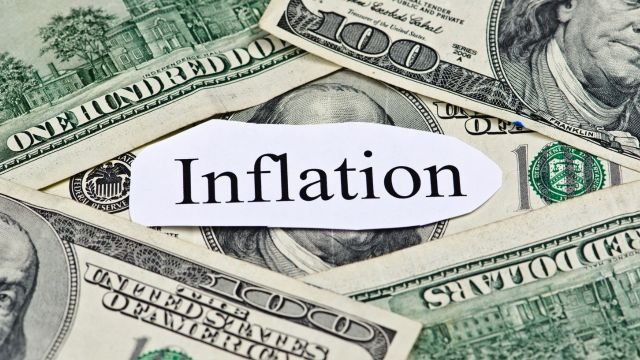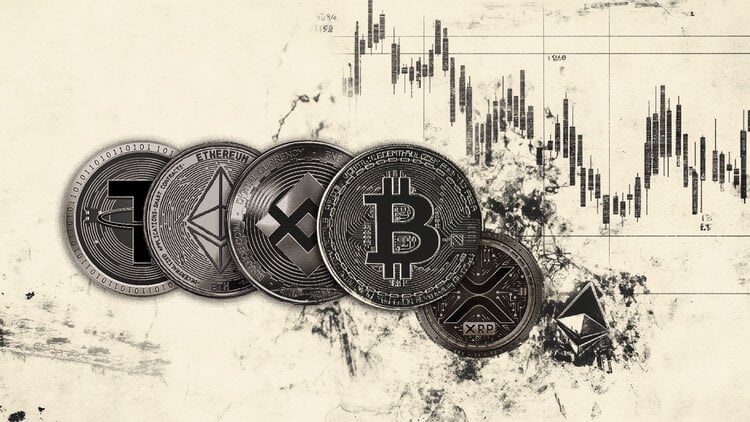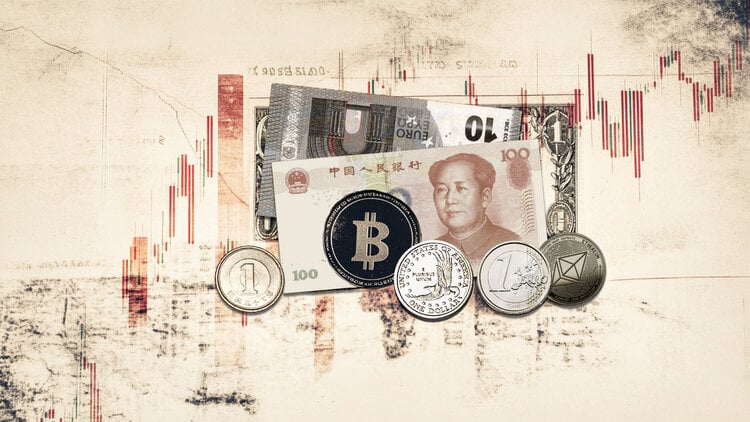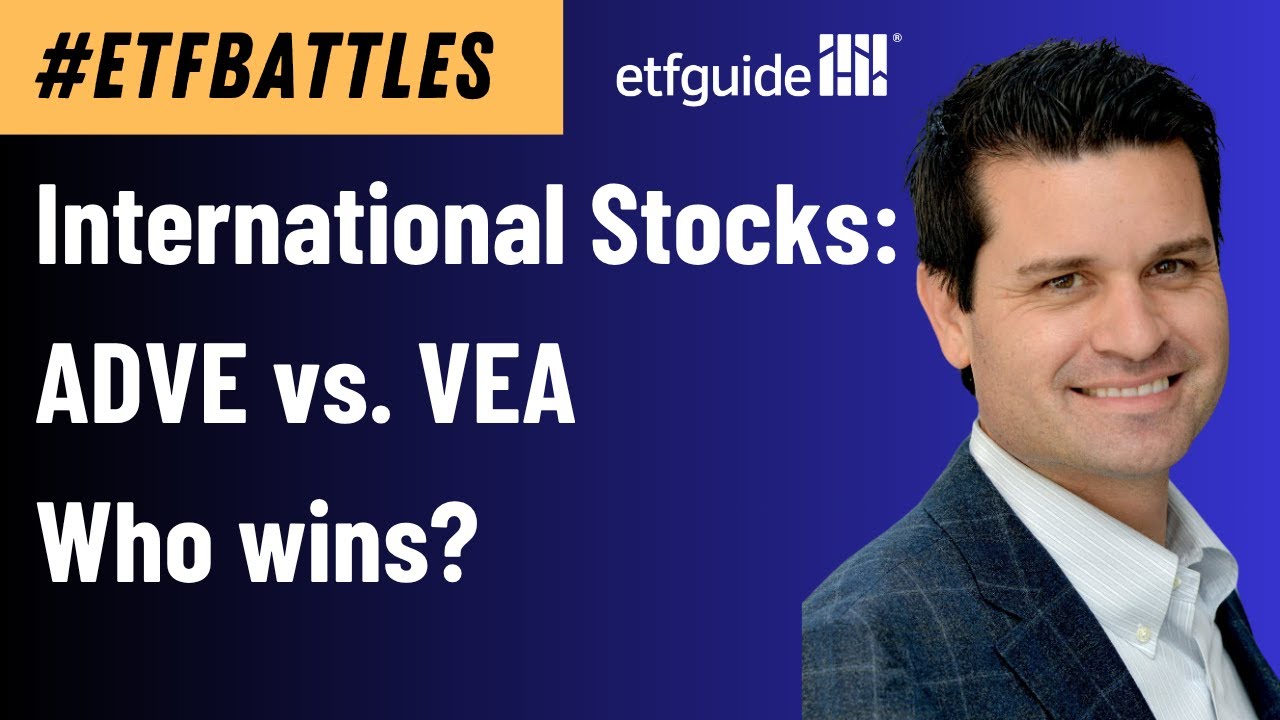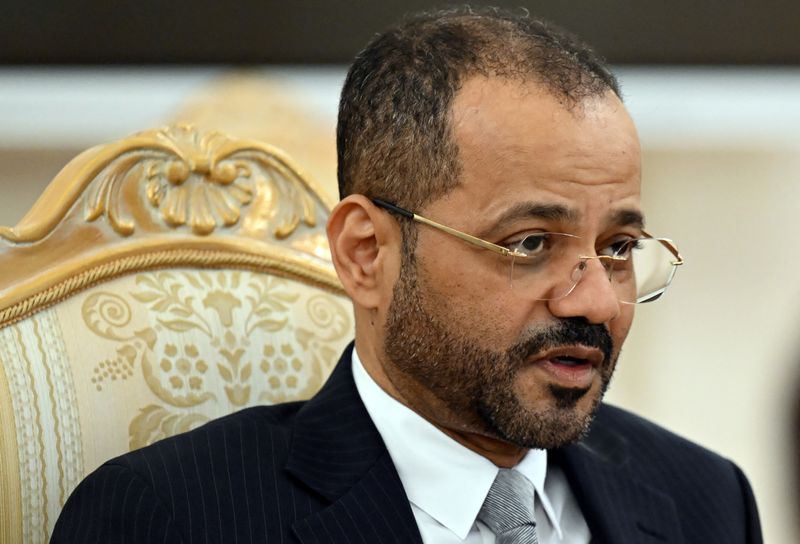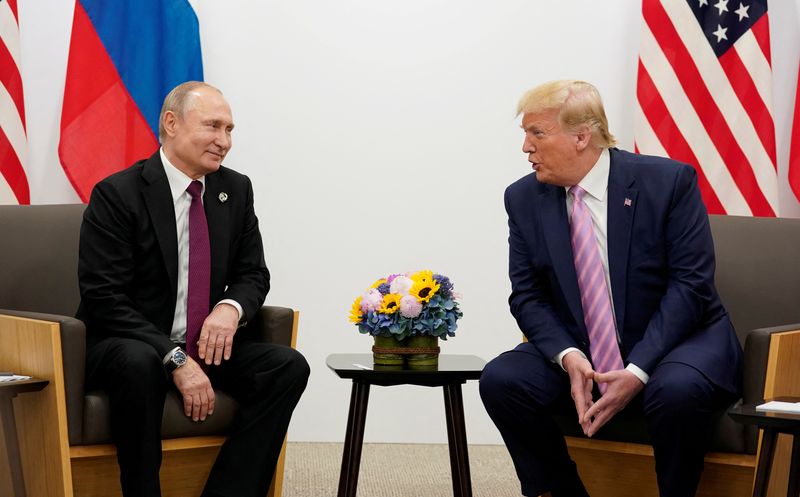At FIFA’s Club World Cup, the real prize is America’s attention
As the United States prepares to host the revamped 32-team FIFA Club World Cup, executives from Europe's top teams see an opportunity to definitively break into the soccer world's lone holdout.

- The U.S. will host the newly formatted, 32-team FIFA Club World Cup, with soccer teams from every continent. Club executives from FC Internazionale Milano, Borussia Dortmund, and Juventus FC told Fortune they saw the tournament as the rare chance to play competitive matches in front of American audiences that they’re eager to turn into loyal fans.
As the first-ever FIFA Club World Cup kicks off in Miami on Saturday, players and coaches will compete for a glittering gold trophy of interlocking, spinning circles. Meanwhile, their club’s marketing departments are vying for another long-coveted prize in the soccer world: a foothold in the lucrative U.S. market.
Soccer in the U.S. has been the next “big thing” for decades, since at least 1994 when it hosted the World Cup. But the world’s most popular sport never quite took hold in the world’s largest economy. American fans were seemed indifferent—if not outright hostile—to soccer. Now, however, the sport has achieved a new level of prominence in no small part thanks to expansive broadcasting deals, a shifting sports culture, and a raft of new talented American players who have broken through in Europe’s top leagues.
In fact, the U.S. is set to co-host the 2026 World Cup alongside Canada and Mexico. As a prelude to that marquee showcase, by some measures the world’s largest sporting event, the U.S. will host the 32-team Club World Cup, which brings qualifying clubs from across the world. In addition to a suite of Europe’s biggest clubs—Real Madrid, Paris St. Germain, Juventus—the tournament also brings teams from across the world, such as South Africa’s Mamelodi Sundowns and Japan’s Urawa Red Diamonds.
With the soccer world’s eyes pointed on the U.S. and the chance to play competitive matches across the country, clubs are lining up for their share of Americans’ attention. Fortune spoke to club officials from three European teams participating in the Club World Cup, who all said they saw ample opportunities to grow their fan bases—and businesses—with the newly established tournament.
The Club World Cup “gives us a global platform to reach as many people as possible,” said Marc Lingenhoff, managing director, Americas of Borussia Dortmund. “That’s the starting point for continued growth because everything starts there. The more eyeballs you get on your club, it opens opportunities to sell more merchandise, to attract more commercial partners, to grow your social-media footprint, etcetera, etcetera.”
The U.S. now has roughly 62.2 million soccer fans, according to a Nielsen report released this month. The sport also attracts more money from advertisers than any other in the world, with an estimated 41% of all sports sponsorship dollars going to soccer.
European teams are no strangers to the U.S.; they often host exhibition tours across the states in the offseason. But the Club World Cup—despite lukewarm interest in some circles—is an official competition. Clubs are banking on the fact that fans stateside will relish the chance to see top clubs compete to win, rather than go through the motions in the pre-season games they’re usually treated to.
The Club World Cup is “significantly different from a usual exhibition commercial tour because in a usual exhibition tour, you’re taking part together with maybe 3, 4, 5, other clubs,” said Giorgio Ricci, chief revenue officer of FC Internazionale Milano (Inter). “Here, it’s a completely different story. Since moment one, it’s basically a platform that allows you to speak to a billion people.”
When reached for comment a FIFA spokesperson referred to competition as “the start of a new era in global club football.” They also highlighted the tournament’s reach in the U.S. and abroad.
“FIFA is bringing together giants of the club game and spotlighting many new and successful clubs from all continents—introducing them to fans in the United States and to a broader global audience. This is more than a tournament: it’s a showcase of club football’s full global diversity and power,” the spokesperson told Fortune in an email.
The real prize is fans’ attention
The tournament is the brainchild of FIFA president Gianni Infantino, who pushed to create a global club competition that could rival the UEFA Champions League. To entice teams to participate, FIFA put together a roughly $1 billion pot of money that will be paid out to the various participants, according to FIFA. About $475 million will be awarded for on-field performance: a group stage win nets a club $2 million, a tie just $1 million. Teams will continue to get increasingly larger payouts as they progress through the later stages of the tournament. The winning team could win as much as $125 million in total.
The remaining $525 million goes to participation fees, essentially money the clubs get for showing up.
The European clubs get the biggest slice. The European Club Association, the lobbying organization of Europe’s top teams, pushed FIFA to afford them the most substantial payouts on the grounds they are the marquee attraction and draw the largest audiences from around the globe. As such, their participation fees range between $13 million and $38 million, according to FIFA. Teams from other continents will earn just a fraction. For example, Auckland City from New Zealand, the only participant from Oceania’s soccer federation, will get $3.6 million.
Aside from those revenues, Ricci said the most important benefit of playing in the Club World Cup was the brand building opportunity the tournament offered.
“I do not see on top of the prize of the competition a major enabler for immediate revenue generation,” Ricci said. “But I do consider it as a massive opportunity in order to grow the brand penetration into the U.S. market.”
However, the U.S. market presents its own unique set of challenges, even for Europe’s most well-known clubs. Not least of which is that soccer, no matter how much its popularity is growing, still lags far behind sports like football and basketball.
“There’s so many options, so many distractions, so many things you can do in this country,” Lingenhoff said.
The solution for many clubs was to dive headfirst into American sports and culture. Borussia Dortmund recently signed a partnership with the Pittsburgh Steelers, whose black-and-yellow uniforms are the same colors as theirs. And Inter tapped the Oscar-winning director and famed sports nut Spike Lee to make a YouTube video about the club’s history. Clubs like Juventus, who have two American players, are putting the hometown kids front and center.
“The presence of American players like Weston McKennie and Timothy Weah gives us authentic ambassadors who connect us even more deeply with the North American fanbase,” said Juventus marketing director Marco Castellaneta.
The value of a good story
What risks jeopardizing the carefully laid plans of these clubs is apathy. Fans, after all, can be fickle and easily distracted.
“We’ll know whether this is a good competition when we see what the fan reaction is,” said Stefan Szymanski, professor of sports management at the University of Michigan and coauthor of the bestelling Soccernomics. “Maybe the fans will go wild about this, and it’ll be really exciting, be a huge success, and this will become a major tournament in the future. But my point is, it might not.”
If fans don’t peel themselves away from the pool or a summer barbecue to tune into a brand-new competition, then clubs will find themselves faced with a lack of interest that could be insurmountable. Even if stadiums do sell out—a big if considering recent price cuts for tickets to Saturday’s opener—a tournament’s mass appeal is defined by TV audiences, that number in the millions, not sold out arenas that can only fit up to 100,000 at most, Szymanksi argues.
“The success of sport as a mass entertainment relies on television, not attendance,” he said. “This will be a significant moment in the development of soccer in the United States, if the television audiences are huge, and that seems far less likely to me, because it’s the middle of the summer.”
They key to capturing the hearts and minds of sports fans, according to Szymanksi, is a compelling narrative. “In order for a competition to be interesting, there needs to be a story,” he said.
That could take the shape of an underdog story. Should one of the superpowered European clubs lose against lesser opposition, with far fewer financial resources and star power, that would add suspense to what could otherwise risk being a predictable competition. Or perhaps the world’s best players could turn in all-time performances, forcing the public to turn their attention to their TV screens.
“If [Lionel] Messi scores a hat trick of incredible goals in the first game, that will do it,” Szymanski said. “So quality and excellence in itself can also make a big difference.”
Whether fans will tune in is hardly a foregone conclusion, the Club World Cup does at least make it extremely easy for them to do so should they want. FIFA struck a $1 billion broadcasting deal with the streaming service DAZN to offer all the games for free globally.
Lingenhoff welcomed the decision on the grounds it would make it easier for people to watch the games. “People need to warm up to the idea that this is a new thing on the soccer calendar, which is massive, and you may need to do a few things differently to get it off to a great start,” Lingenhoff said. “I think that’s what FIFA has been trying to do.”
But it’s still sports. Once the whistle blows and kick-off starts, it’s the athletes that take center stage. Any brand marketing is “legitimated by the on-pitch performance,” Ricci said. In short, it’s winning that pays the bills.
“The more people we get excited and the longer we stay in the tournament, the more jerseys will sell,” Lingenhoff said. “It’s a no brainer.”
This story was originally featured on Fortune.com





